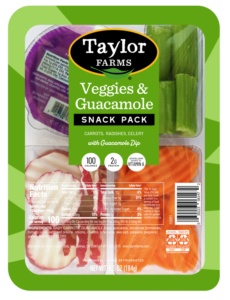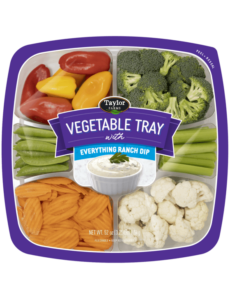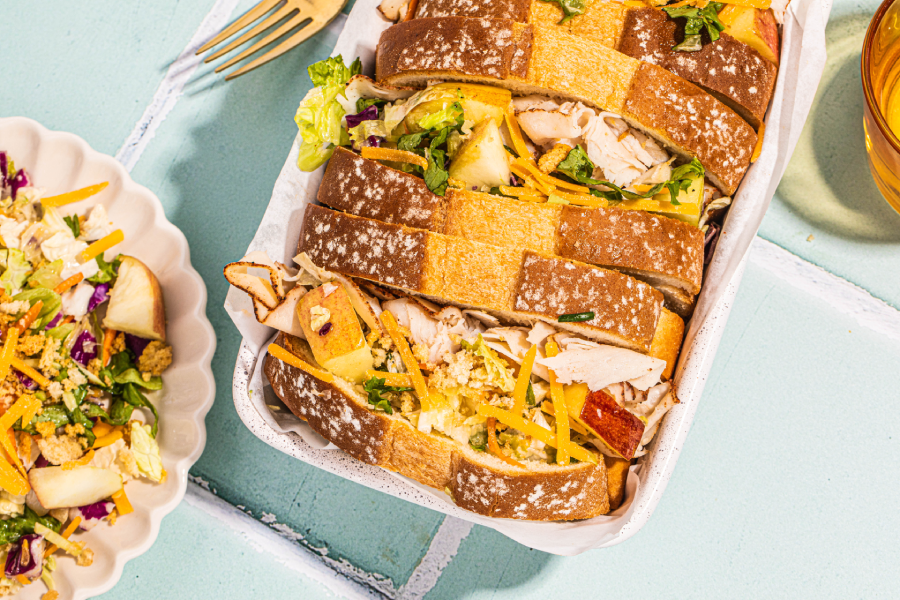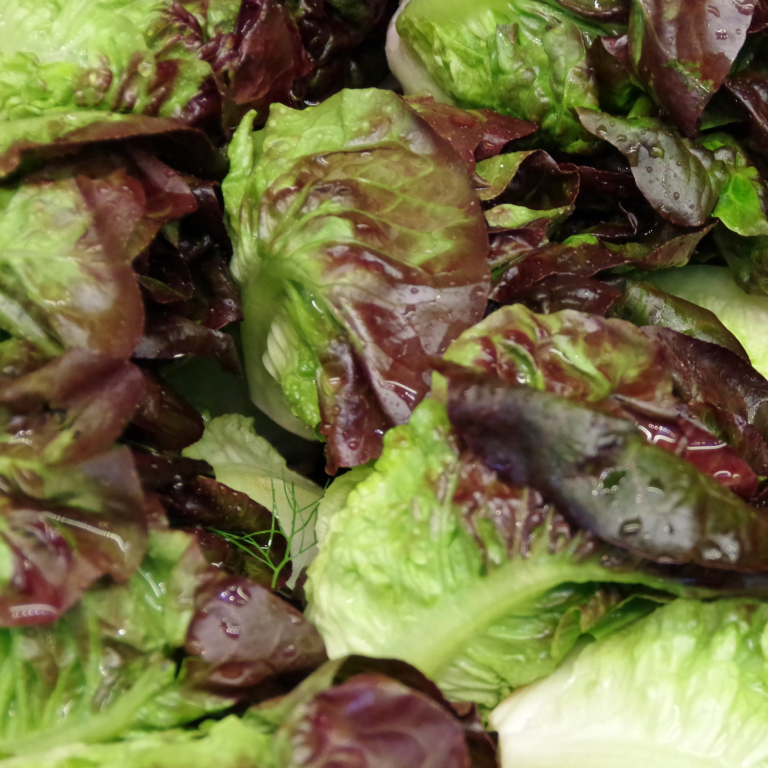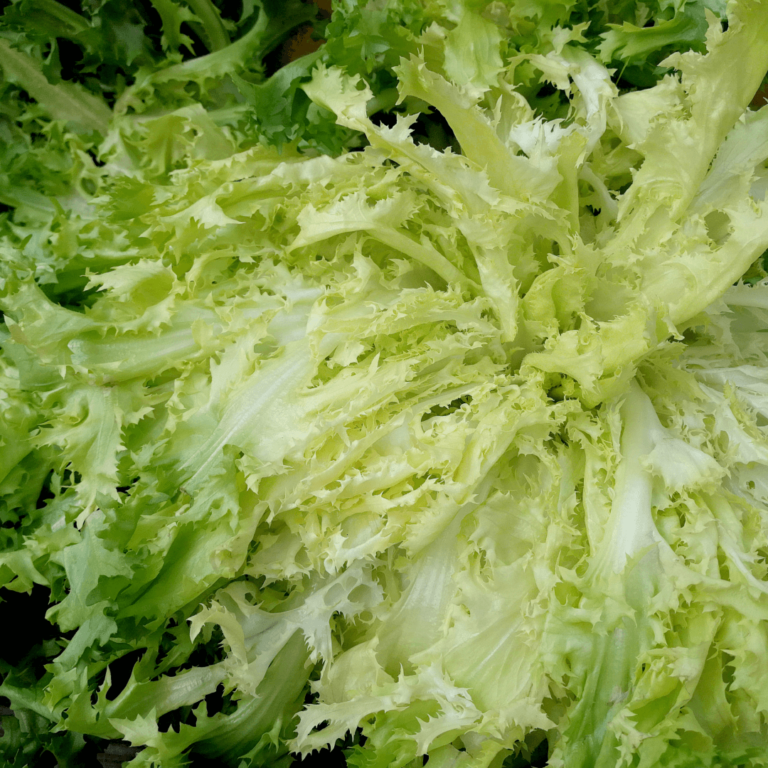Radishes at a Glance
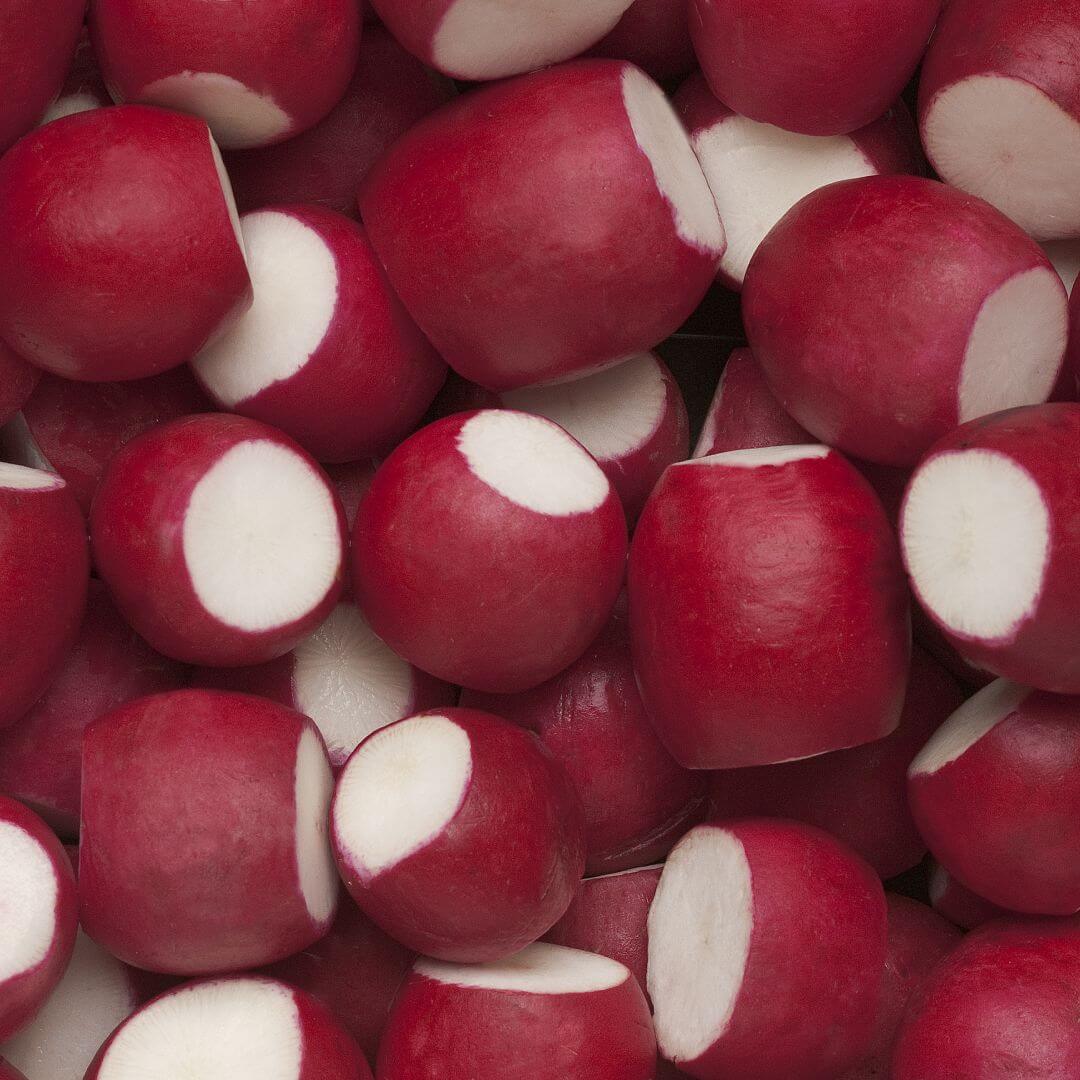
Scientific Name: Raphanus sativus
Family: Brassicaceae (Cruciferae)
In Season: Typically available in spring and fall but can be found year-round in some regions
Varieties: Common types include Cherry Belle, French Breakfast, Daikon, and Watermelon radishes, each with unique sizes, colors, and flavors
Great for: Adding crunch and zesty flavor to salads, sandwiches, and appetizers, as well as for pickling and garnishing various dishes
Radishes Nutrition
Vitamin C
1-2 grams of fiber
19 calories
Common Questions about Radishes
Raw radishes offer a crisp, hydrating bite with a peppery and slightly spicy flavor. Their crunchy texture, reminiscent of a firm and watery vegetable, delivers a sharp yet pleasant zing to salads. The initial heat from the skin gives way to a mildly sweet and earthy taste, making them an invigorating addition to raw veggie platters or as a standalone snack.
When cooked, radishes lose some of their peppery bite and become milder in flavor. Heat softens its sharpness, rendering it a bit more delicate and a little sweeter. Roasting or sautéing radishes mellows their taste, giving rise to caramelized notes and a subtler, almost turnip-like flavor. The texture also shifts to a softer, slightly buttery consistency, making cooked radishes a surprising and delightful addition to dishes, adding depth without overpowering other flavors.
Growing radishes
Radishes are typically ready to pick around three to four weeks after planting. Check the size and appearance of the radish bulbs—most varieties reach a diameter of about 1 inch, although this can vary. Their skin should look vibrant and well-formed, and they should feel firm when gently squeezed. Pull one from the soil to inspect its size and confirm before moving on with the rest.
Purchased radishes
When purchasing fresh radishes, look for ones that feel firm, plump, and smooth. Avoid soft or spongy spots and any signs of shriveling, as these indicate aging or potential spoilage. The leaves, if attached, should appear vibrant and fresh, showing no signs of wilting. Smaller radishes tend to be more tender and have a milder taste compared to larger ones, which might have a slightly stronger peppery flavor.
Start by removing their leafy greens, as they can draw out moisture from the bulbs. Then store the radishes in a plastic bag or an airtight container in the refrigerator. It’s best to keep them unwashed and dry, as moisture can cause them to deteriorate quickly. Radishes can last for up to one to two weeks when stored this way, maintaining their crispness and flavor. If the radishes start to lose their firmness or show signs of shriveling, it’s a good indication that they should be used soon.
No, freezing radishes is not recommended, as they lose most of their flavor and texture when frozen and thawed.
Radishes are cultivated worldwide, often thriving in temperate climates. They are grown extensively in countries across Europe, Asia, North and South America, and parts of Africa. Their adaptability to diverse growing conditions allows for cultivation in both home gardens and large-scale farms.
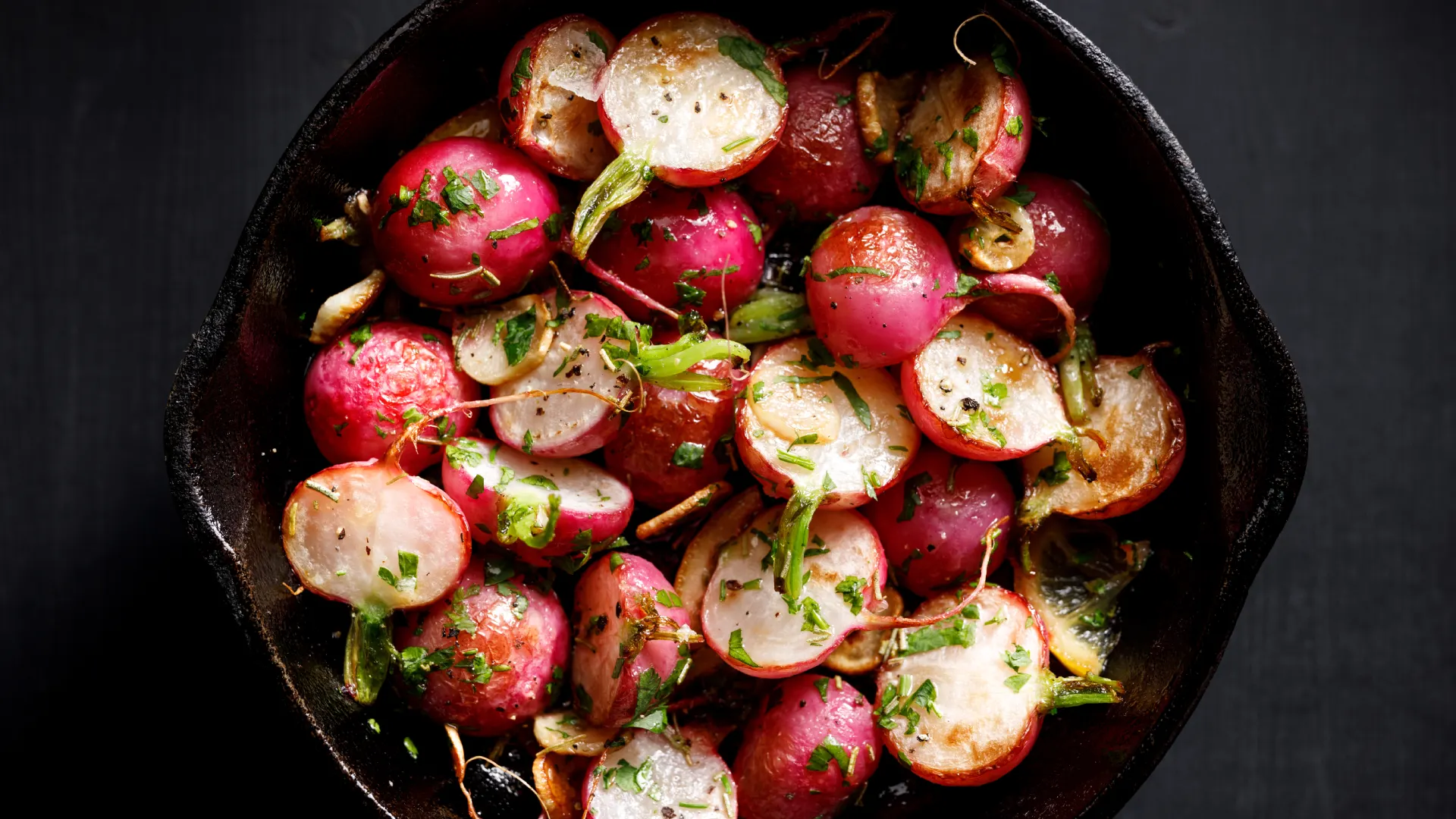
How to cook & serve radishes
Roasting: Roasting radishes at high heat caramelizes their natural sugars, softening their spiciness and unveiling a milder, sweeter flavor. Tossed with olive oil, salt, and herbs, roasted radishes make a unique and tasty side dish.
Sautéing: Sautéing radishes in butter or oil brings out their natural sweetness. Cooking them over medium heat softens their texture while retaining a bit of crunch, making them an excellent addition to stir-fries or vegetable medleys.
Steaming: Steaming radishes maintains their crispness while slightly reducing their peppery taste. This method preserves their nutrients and makes them a vibrant addition to mixed vegetable dishes.
Pickled: A common part of a relish plate alongside pickled veggies like carrots and jalapenos, pickled radishes pair well with Mexican dishes and make for a lively topping on taco truck-style tacos.
Roasted or sautéed radishes pair well with roasted meats like chicken or pork, adding a subtle sweetness to the plate. They also work as a unique side dish alongside grilled fish or in vegetable stir-fries. Steamed radishes, with their retained crunch, add texture to pasta salads or grain bowls and can be included in mixed vegetable platters for added color and flavor.


